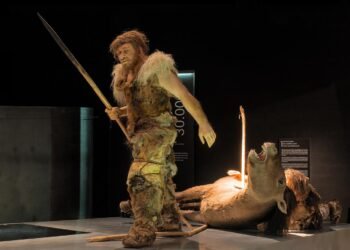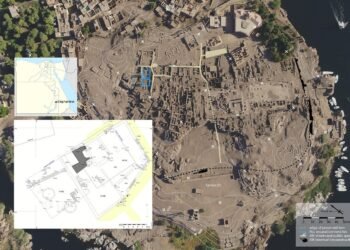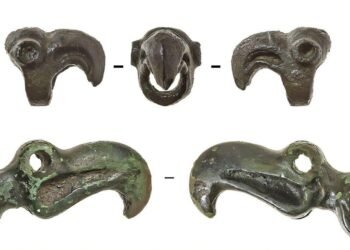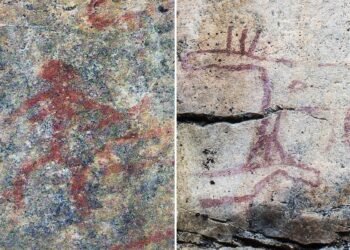New genetic studies offer the very first clear evidence that European hunter-gatherers crossed the Mediterranean and came into contact with North African populations as early as 8,500 years ago. The discoveries challenge long-held beliefs about how agriculture and cultural influences reached the region while attesting to the resilience of local populations in the eastern Maghreb.

In new research published in the journal Nature, co-led by Ron Pinhasi of the University of Vienna, David Reich and Mark Lipson of Harvard Medical School, Alfredo Coppa of Sapienza University of Rome, and Giulio Lucarini of the National Research Council of Italy, researchers performed a genome-wide analysis of nine individuals from Algeria and Tunisia from the Later Stone Age until the Neolithic. The study brings to light how early human populations in North Africa interacted with their European counterparts and transitioned from hunting and gathering to food production.
One of the most important outcomes of the study is the evidence of European hunter-gatherer ancestry in at least one individual from Djebba, Tunisia, dating as far back as 8,000 years ago. This is the first direct genetic evidence of contact between early European and North African populations. The researchers propose that these interactions were most likely via maritime routes across the Strait of Sicily, representing the earliest evidence of Mediterranean seafaring between these regions.
The presence of obsidian, a volcanic glass from Pantelleria, an island in the Strait of Sicily, at one of the excavated sites in Tunisia, is further evidence that these early interactions were facilitated by maritime movement. Although no boat remains have been found from this time in North Africa, the 7,000-year-old dugout canoes found in central Italy, at Lake Bracciano, provide proof that open-sea navigation was possible at the time.

“Several decades ago, some biological anthropologists proposed that European and North African hunter-gatherers had made contact, based on morphological analyses of skeletal traits,” said Ron Pinhasi. “At the time, this theory appeared overly speculative. However, 30 years later, our new genomic data have validated these early hypotheses. This is really exciting.”
In contrast to the western Maghreb (modern-day Morocco), where farmers from Europe contributed up to 80% of some populations’ genetic makeup, the eastern Maghreb showed a low level of genetic influence from the incoming farming groups, with European farmer ancestry accounting for only about 20%. This suggests a longer, rather complex transition to agriculture in the eastern Maghreb based on a mix of sporadic migration, cultural exchange, and diffusion of knowledge, rather than large-scale population replacement.
The research suggests that local communities in the eastern Maghreb continued to rely on a diverse subsistence strategy into the Neolithic period, including pastoralism (raising sheep and goats), hunting, gathering plant resources, and even collecting land snails. Full-scale adoption of agriculture in the area occurred only around the first millennium BCE, much later than in other Mediterranean areas.
Another key finding was the identification of some of the first Levantine-related ancestry in the eastern Maghreb that predated the arrival of European farmers by several centuries. The genetic connection probably reflects the movement of pastoralist groups from the Levant who introduced domesticated animals, such as sheep and goats, into North Africa.
The study’s results challenge traditional narratives about how agriculture spread to North Africa. Instead of simply passively receiving Neolithic innovations from Europe, the eastern Maghreb appears to have followed a more independent and resistant cultural trajectory. Moreover, these findings suggest that human migrations and cultural exchanges were more complicated than previously thought, involving varied routes and influences beyond simple large-scale migrations.
Lipson, M., Ringbauer, H., Lucarini, G. et al. (2025). High continuity of forager ancestry in the Neolithic period of the eastern Maghreb. Nature. doi:10.1038/s41586-025-08699-4






















Comments 0